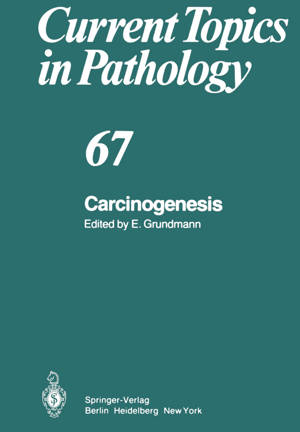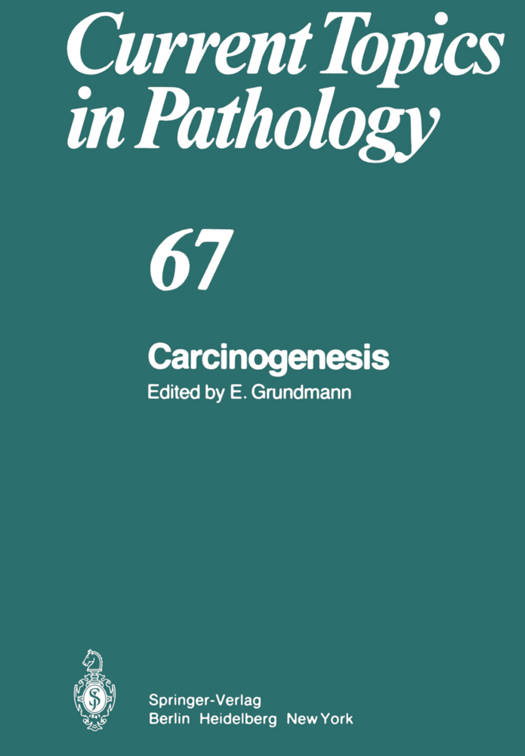
- Afhalen na 1 uur in een winkel met voorraad
- Gratis thuislevering in België vanaf € 30
- Ruim aanbod met 7 miljoen producten
- Afhalen na 1 uur in een winkel met voorraad
- Gratis thuislevering in België vanaf € 30
- Ruim aanbod met 7 miljoen producten
Zoeken
Omschrijving
1. Concepts on the Causal Genesis of Human Intestinal Tumors The action of chemical substances has a significant role in the genesis of human tumors. It is assumed that most human tumors are induced by exogenous chemical noxae (Schmahl, 1970;Heidelberger, 1975; and others). In the course of intensive efforts to discover the principles of tumor etiology, important insights have resulted in recent years. These are that chemical carcinogens do not only arise as products of our tech- nological civilization, but that they also occur in nature as potent solitary carcinogens and cocarcinogens (e. g., as plant products). For review, see Hecker (1972) and Preuss- mann (1975). Not only "complete" carcinogens are significant for the genesis of tu- mors, but also substances which are first transformed to the actual carcinogenic com- pound in the organism (Schmahl, 1975). The causal significance of exogenous noxae in carcinogenesis is indicated by the fact emphasized by Bauer (1963) that malignant tumors occur predilectively at those sites in the body which are in direct or indirect contact with the environment. This applies especially to the intestinal tract.
Specificaties
Betrokkenen
- Uitgeverij:
Inhoud
- Aantal bladzijden:
- 259
- Taal:
- Engels
- Reeks:
- Reeksnummer:
- nr. 67
Eigenschappen
- Productcode (EAN):
- 9783642672941
- Verschijningsdatum:
- 15/11/2011
- Uitvoering:
- Paperback
- Formaat:
- Trade paperback (VS)
- Afmetingen:
- 170 mm x 244 mm
- Gewicht:
- 439 g

Alleen bij Standaard Boekhandel
+ 336 punten op je klantenkaart van Standaard Boekhandel
Beoordelingen
We publiceren alleen reviews die voldoen aan de voorwaarden voor reviews. Bekijk onze voorwaarden voor reviews.







